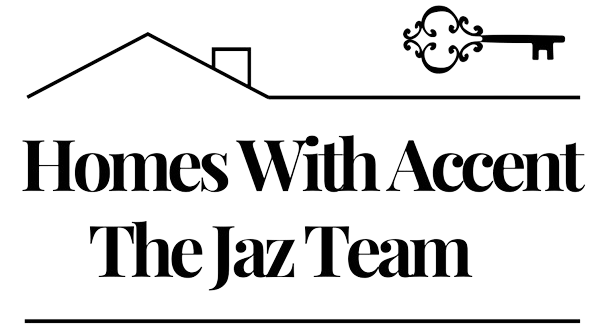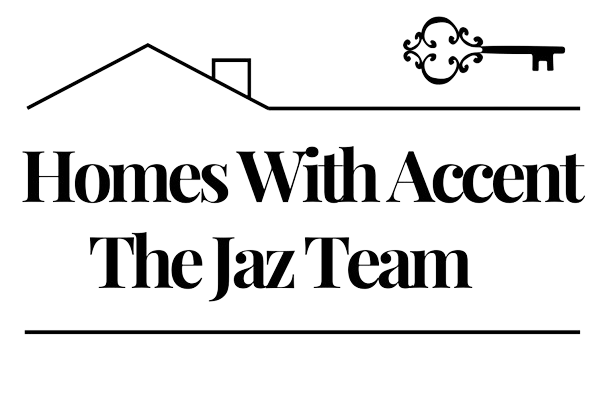Pleasant Hill, California sits along the Diablo Ridge in Contra Costa County and balances a suburban atmosphere with tidy downtown streets, parks, and convenient Bay Area access. People who move to Pleasant Hill often mention its tree-lined blocks, neighborhood parks, and a compact downtown that hosts restaurants, a weekly farmers market, and regular community events. This guide looks at housing, cost of living, schools, safety, commute options, employers, and things to do so you can get a practical sense of what living in Pleasant Hill offers.
What’s The Housing Market Like In Pleasant Hill?
In September 2025 the median sale price in Pleasant Hill was about $920,000, reflecting a modest year-over-year decline and noticeable month-to-month swings in inventory and days on market. The broader home-value picture shows average estimates nearer to the high $900,000s depending on the index used, which places the Pleasant Hill housing market below some nearby Walnut Creek price tiers but above many inland Contra Costa neighborhoods.
Rent trends show typical apartment rents in the low-to-mid $2,700–$2,900 range in mid-2025, so buyers and renters alike are managing Bay Area level housing costs even while Pleasant Hill remains comparatively more affordable than downtown Walnut Creek. Taken together, those signals mean market conditions can shift between a buyer’s and seller’s posture depending on season, inventory, and interest-rate movement; locally focused agents often recommend watching recent sold data and days-on-market for the specific neighborhood you care about.
What Are The Best Neighborhoods In Pleasant Hill?
Neighborhoods in Pleasant Hill most often referenced by locals and agents include Gregory Gardens, Poet’s Corner, Grayson pockets (Grayson Creek / Grayson Terrace / Grayson Woods), Ridgeview, and smaller residential pockets such as Boyd and Hillsdale-adjacent blocks. Each has a different mix of lot sizes, home eras, and proximity to downtown or BART.
What Are The Most Popular House Types in Pleasant Hill?
Pleasant Hill’s housing stock ranges from midcentury ranches and bungalows to two-story family homes and scattered townhome or condo complexes near transit corridors. Downtown and near-BART areas include more multifamily and townhouse inventory, while Gregory Gardens and Grayson pockets tend to have traditional single-family lots with mature trees and yard space. Remodels and contemporary updates are common across neighborhoods where buyers want modern kitchens and open plans.
What Is The Cost Of Living In Pleasant Hill?
Pleasant Hill’s overall cost of living tracks higher than the national average, largely driven by housing costs, with other goods and services closer to regional norms. Comparisons with nearby Walnut Creek show Pleasant Hill housing costs are measurably lower on average, though not by a wide margin; Walnut Creek’s downtown and retail amenities often command a premium.
For everyday budgets, expect groceries, utilities, and transportation in Pleasant Hill to align with Contra Costa county averages, while discretionary spending on dining and entertainment depends on how often you use nearby Walnut Creek or San Francisco for larger cultural and dining options. Median rent and recent home values give the clearest signals for overall cost pressure; use these figures dated to 2025 as your local benchmark.
Who Are The Major Employers in Pleasant Hill?
Pleasant Hill benefits from a mix of public, education, healthcare, and regional transit employers across Contra Costa County. Major countywide employers include BART, John Muir Health, Kaiser Permanente, and several county agencies; local institutions such as Diablo Valley College and nearby corporate offices also support jobs in the area.
Is It Easy To Commute in Pleasant Hill?
Yes. The Pleasant Hill / Contra Costa Centre BART station is the primary regional transit asset, delivering direct access into central Bay Area job centers and providing a reliable commuting option when trains run on schedule. Highway 680 and local bus services also connect commuters to nearby employment nodes; that said, commuters should factor in peak-period congestion on freeway segments and occasional BART service adjustments or maintenance that can affect schedules.
How are the Schools in Pleasant Hill?
Pleasant Hill is served by the Mt. Diablo Unified School District. College Park High School is the main comprehensive high school serving large parts of the city and registers above-average academic performance indicators on many school-review platforms; local elementary and middle school assignments vary by street address.
What are the Crime Rates Like in Pleasant Hill?
The City of Pleasant Hill publishes monthly and annual crime statistics that show a pattern typical of suburban Contra Costa communities: property crime makes up a large share of reported incidents, while violent crime rates remain lower than in many larger urban centers; read the city’s monthly reports for precise counts and trends (September 2025 reports are available from the city). Neighborhood-level perception of safety can vary block by block, so many residents rely on local watch groups, the Pleasant Hill Police Department briefings, and community alerts in combination with official crime data.
What’s The Community Like in Pleasant Hill?
Community life in Pleasant Hill blends a small downtown core with active parks programming, neighborhood leagues, and seasonal events run by the Pleasant Hill Recreation & Park District. The district maintains many neighborhood parks, pools, community centers, and trails such as Dinosaur Hill and the Contra Costa Canal Trail, which residents use for morning runs, weekend walks, and local gatherings.
Pleasant Hill’s feel is often described as suburban and community-oriented with pockets of walkable retail around the downtown and BART nodes; neighbors typically point to local restaurants, coffee shops, weekend farmers markets, and concerts in the park as the town’s recurring attractions.
What Are The Best Things To Do and Landmarks In Pleasant Hill?
Popular activities include walking or hiking Dinosaur Hill Park for views of the Diablo Range, using the Contra Costa Canal Trail for cycling, attending events at Pleasant Hill Park, and enjoying small downtown restaurants and coffee shops. Proximity to Walnut Creek expands options for shopping, a larger dining scene, and regional performing arts; for outdoor recreation, the East Bay Regional Park District trail network is an easy drive away.
FAQs about living in Pleasant Hill, CA
Is Pleasant Hill a great place to live if I work in the city?
Pleasant Hill offers direct BART access that makes commuting to San Francisco and other Bay Area job centers practical for many residents, though commuters should plan for rush-hour loads and occasional service changes. The train plus highway options give flexibility depending on your workplace and schedule.
How do homes for sale in Pleasant Hill compare to Walnut Creek?
On average places to live in Pleasant Hill sit below Walnut Creek’s core neighborhoods, though pocket-level differences can be significant; use recent sold listings and neighborhood comparisons dated to 2025 when evaluating offers.
What outdoor spaces are most used by residents?
Dinosaur Hill Park, Pleasant Hill Park, and the Contra Costa Canal Trail are among the most used green spaces for hikes, dog walks, and family outings; the Recreation & Park District maintains maps and program schedules.
Are there many dining and coffee options downtown?
Yes. Downtown Pleasant Hill supports a compact dining scene and multiple coffee shops within walking distance of municipal spaces and the BART corridor; neighboring Walnut Creek expands options substantially for more varied restaurant choices.
What should I check when choosing a neighborhood in Pleasant Hill?
Consider proximity to BART, school assignments, lot size, and walkability to the services you use most; visit at different times of day to get a feel for traffic, noise, and the local rhythm.

![Your Home Buyer Wants To Extend The Closing Date—What Now? [PART 2]](https://images.squarespace-cdn.com/content/v1/5d2e2d4c005364000136517c/1764096524221-BP3FCRA0DGG3QT9MR0RP/banner.jpg?format=200w)
![Your Home Buyer Wants To Extend The Closing Date—What Now? [PART 1]](https://images.squarespace-cdn.com/content/v1/5d2e2d4c005364000136517c/1763492128548-M2KD904RFSN57PBQE6ZW/banner.jpg?format=200w)




